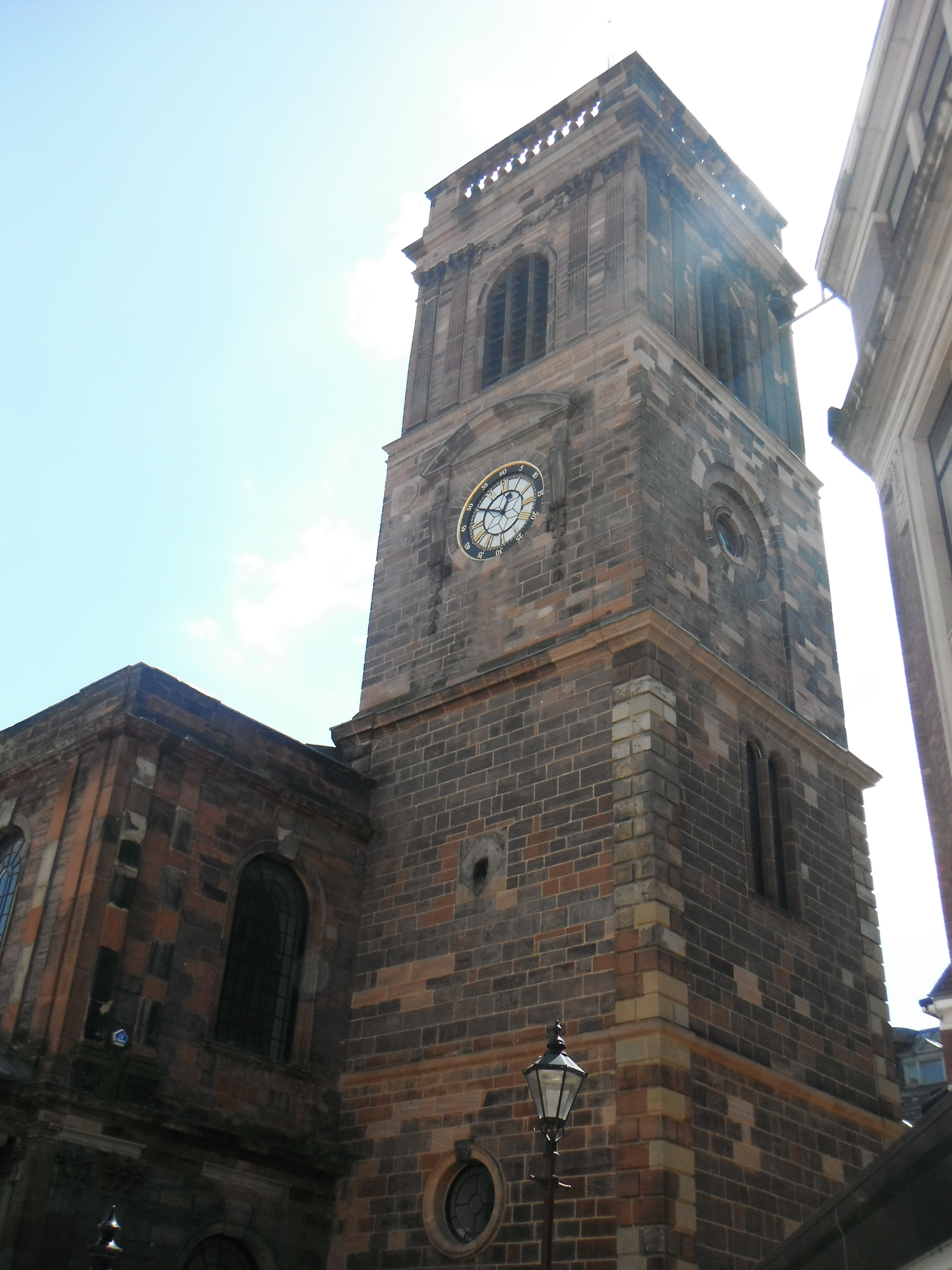The Manchester Irish Martyrs
@arthurchappell (44986)
Preston, England
January 30, 2019 12:28pm CST
The execution of three Irish Fenian rebels over the death of a policeman in 1867 has led to the erection of an unusual and controversial monument to them in Moston Cemetery (aka St. Joseph’s Cemetery) near to where I lived for much of my life. My father’s grave is close to it.
The events that led to this fascinating and formidable monument are fascinating.
On September 11th 1867, a policeman arrested two Irishmen on a vagrancy charge. They were Colonel Thomas Kelly, only recently elected to prominence in Sinn Fein, and Captain Timothy Deasy. They were in flight from Ireland where they were wanted for their part in a failed Fenian rising. News of their arrest was sent to the Prime Minister, Benjamin Disraeli.
Manchester had then, and still has today a proud thriving Irish Community. The Irish sailed in droves from Belfast to Liverpool, and followed a migratory path to the growing industrial city of Manchester in search of work. Many had left their homeland only twenty years before because of the Potato Famine.
The story of the taking of the men should have been kept quiet, as there were many Irish sympathizers to the Rebels in Manchester. But the media was given strong coverage of the arrests.
On the 18th September, the prisoners were escorted from the Manchester courts to a prison in Gorton, East Manchester. They never got there.
Fearful of a rescue or escape attempt, which was already widely rumoured to be imminent, the Manchester police gave the men maximum security for the journey. They were separated into divided compartments of the police van, handcuffed, and given a twelve police horse escort.
As the cavalcade passed under a railway bridge, all Hell broke loose. The attack that came was very well co-ordinated. A gunman appeared in front of the lead horses and ordered them to stop. As he did so, a mob of thirty men or more leapt out from concealment behind walls, in hedgerows and side streets to attack the van directly.
Shots were fired, and a police horse was killed. The police had no guns, and most of them fled. The shooting may in fact have only been intended to spook the horses.
The attack on the van proved more costly. Hatchets and crowbars couldn’t open the locked door. The mob asked a policeman, one Sergeant Brett, who inside, to open the door for them. He was terrified, or defiant, depending on your point of view of his action, and he refused to co-operate.
Exactly who fired the shot that broke the lock and killed Brett, who was unfortunately looking through the keyhole to assess the situation outside is not clear. Brett was killed instantly as the door lock was blown open by the bullet. The attackers did almost certainly not intend his death.
The Fenian prisoners escaped and were never recaptured.
The police were keen to arrest the Manchester Irishmen responsible for the rescue, and the death of officer Brett. Twenty-nine arrests were made.
Of the men captured, five were regarded as leading suspects behind the death of Brett. One, Thomas Maguire, was acquitted without charge. Another, Edward Stone, was reprieved on the brink of the executions. Three others, William O’Mera Allen, Michael Larkin and William Gould, better known by the alias, O’Brien, were not so fortunate. All three men hanged on November 23rd 1867 at the New Bailey Prison, Salford (Now Bexley Square). .
Manchester’s Irishry have never forgotten or forgiven the events. Plaques and commemorative stones to the ‘Martyrs’ are found throughout Ireland, and there is a large imposing monument to them, paid for through Fenian funds, in Moston Cemetery, in North Manchester.
Marches to the monument, and prayer services to the martyrs are frequent, and some such events have provoked anger from Protestants and people who just regard the men as murderers. The monument has been vandalized and daubed with graffiti on many occasions.
Sergeant Brett has a more modest plaque erected in his memory in St. Anne’s Church in Manchester city centre.
The story of the Martyrs did wonders for the Fenian cause, allowing them to exploit the flood of angry new recruits to increase the numbers lost in the risings of the mid-1860’s. By 1916, they were ready for another, albeit abortive and well documented rising at Easter.
The bodies of the martyrs were originally buried in the grounds of Strangeways prison, but were eventually moved to Blackely Cemetery. There is now a strong campaign to have the bodies exhumed and taken to their native Ireland.
Manchester’s part in their history is never likely to be forgotten.
Arthur Chappell
4 people like this
4 responses
@arthurchappell (44986)
• Preston, England
31 Jan 19
@JudyEv yes there is a rich treasure trove to tap into there
1 person likes this
@arthurchappell (44986)
• Preston, England
21 Mar 19
@playertwo very much so yes
1 person likes this
@snowy22315 (200035)
• United States
30 Jan 19
The UK has such a diverse and interesting history.
1 person likes this
@louievill (28847)
• Philippines
30 Jan 19
In my opinion Irish, Scottish and Welsh nationalistic sentiments would always be there since it has been a part of your country's long and colorful history.








